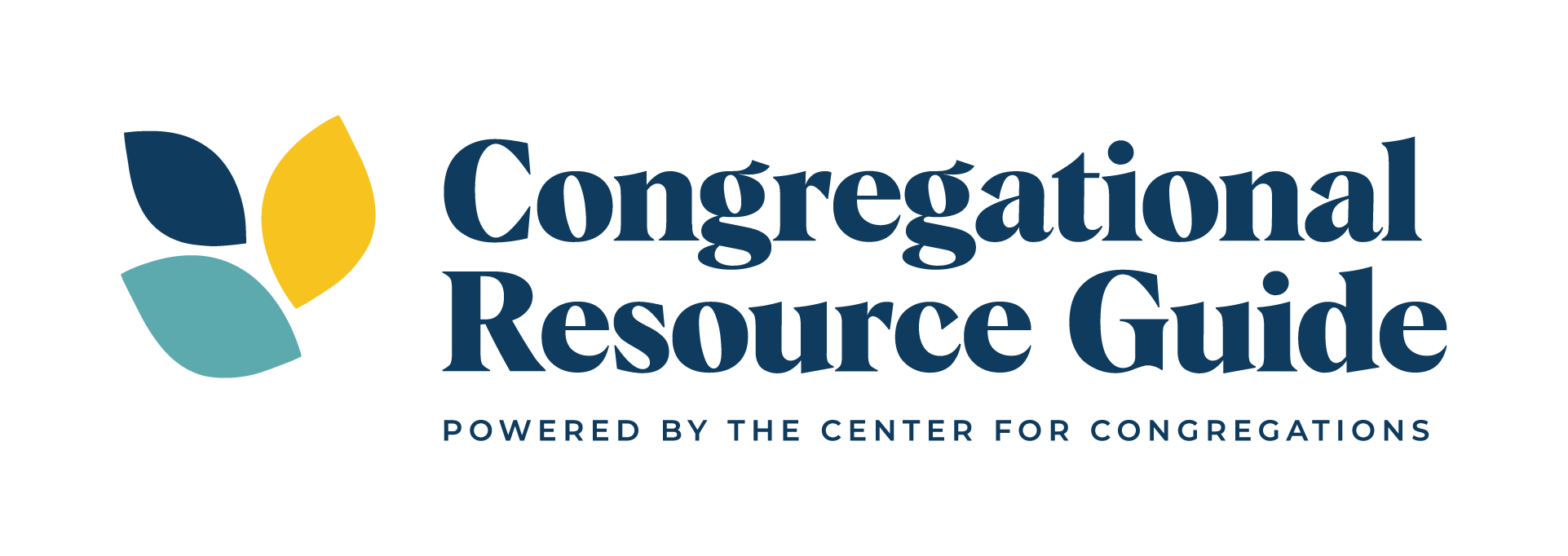Congregations learn well when they slow things down.
Creating a sense of urgency makes sense when striving to get ahead in a capitalistic economy, but it isn’t always helpful for congregational discernment.
Certainly, there are some things that are urgent; emergency hospital calls, fixing a roof that is dangerous. However, learning to do new things in a congregation is typically not achieved when there is too much urgency. Volunteer organizations, like congregations, work well when the organizations’ explorations are not hindered by the anxiety that urgency creates.
Catching up
Slowing things down is a way for your congregation to allow its thinking catch up with its praying and its praying to catch up with its thinking.
Let it sit
Slowing down means not acting on impulse. It means letting things sit for a while – a while can be one day or one month. Slowing down can mean taking a provisional vote rather than a final vote. Slowing down can mean running an experiment rather than taking on something full force.
Getting perspective
Don’t avoid difficult decisions. Then again, don’t rush them either. Everything in its own time. And sometimes it helps to slow things down so you can get the best perspective.
Here are some books on the CRG that apply to this topic: Sacred Rhythms, The Soul of the Congregation and Becoming a Blessed Church.


